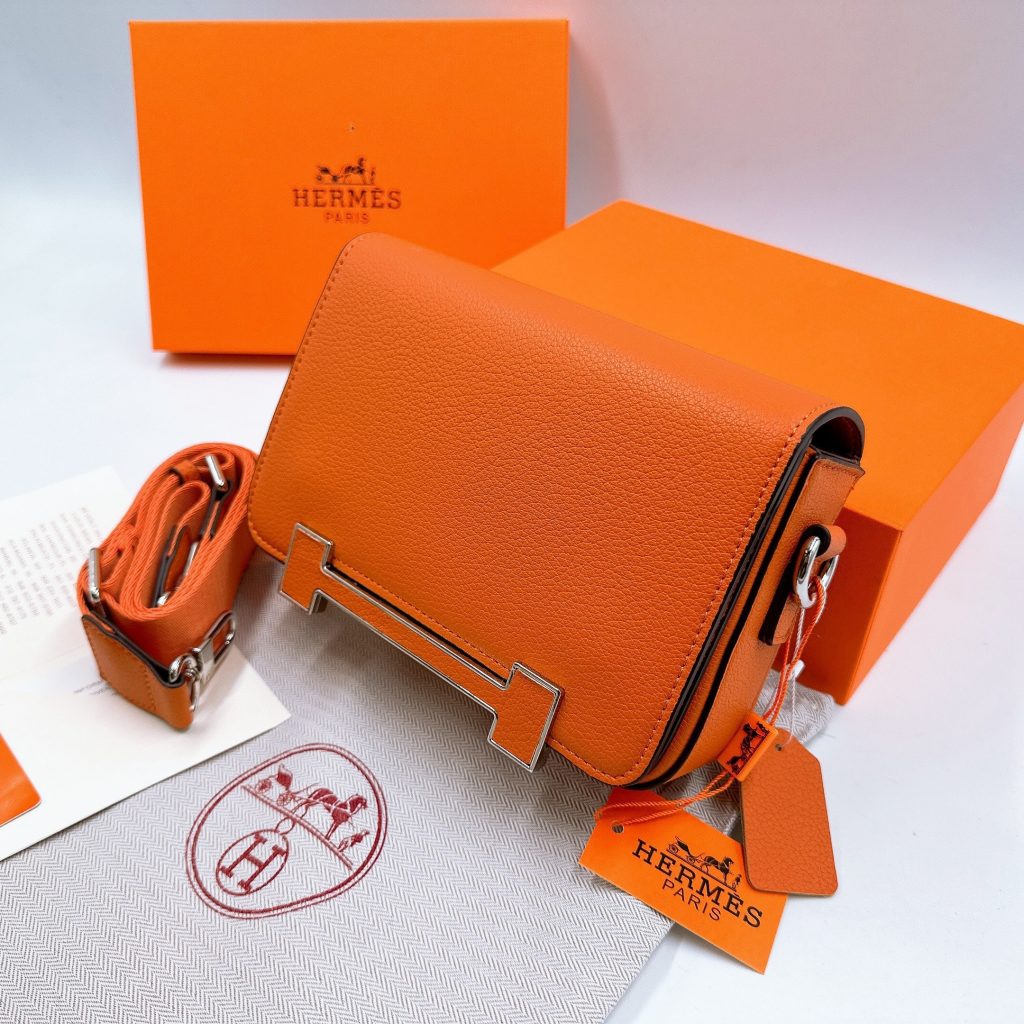During inflation chaos and banking crises, luxury tends to thrive better than other economic sectors. Is it in the anti-recession zone? If yes, what makes this the case?
Key take-aways
Luxury brands have raised so much voice within a niche of the ultra-rich, where social ranks are associated with scarce, deft and distinctive status objects.
WOO THE NEEDS FOR STATUS
Looking further into the case, the unwavering tenacity in the luxury category is in line with demand by super-wealthy consumers for whom luxury has been a key indicator of distinction and status symbol.
No other industry but luxury delivers prominence to so many people. It ties to social hierarchy, it refers to latent social stratification, connoting the privilege for powerful only, and the question has become not do you own a car, but what car do you own?
Through luxury, the upper classes set themselves apart from other social groups. They build superior prestige by having the proper objects, signaled by the right brands. Hermès Birkin bag, to be illustrated, needs a lot more effort than just paying a hefty price tag. Royalty, chiefs of state all vie for the chance to own one. The owner can hold their very exclusive Birkin bag only by sprinting or waiting for years.

Still, there are different segments on whom luxury chooses to expand its brand prominence. Each group’s preference for high-class items with overt or covert branding correlates firmly with its desire to associate or disassociate with members of their groups and other groups.
Eccentric luxury goods, whose brand awareness is seen as conspicuous to the masses, are shopped by the rich highly in need of status. A sole preference for preeminent logos is part of this group’s spending traits. They try to communicate to the less wealthy that they are not one of them. They buy with others in mind, not for themselves.
On the other hand, wealthy people with high social rankings, stick to their own kind of products. Classy, premium and effortless elegance are the keywords they look for in an item. They draw interest in luxury brands with exclusive designs that can only be recognized by those in the know. Those brands, known as “quiet luxury”, such as Bottega Veneta and LOEWE, make sure their products are never made too accessible, and their target audience is less of those who only crave a fast class.
Instead of flaunting that their owners are generous in spending, “quiet luxury” discreetly conveys the sophisticated aesthetic, far-reaching vision of a sustainable goods lover – who leans towards refined tailoring and timeless pieces of material rather than flashy and loud patterns.

According to Maja Dixdotter, the Creative Director of By Malene Birger “ the feeling of luxury comes from some harmony. Harmony in the color palette, in different textures and shapes. A home or an outfit feels luxurious when it breathes a clear style”. This brand repositioned itself as having a “stealth wealth” style and recently attained cult status.
One factor contributing to luxury’s constant rise must be how luxury labels itself with three core values. By positioning brands of scarcity, exclusivity, and cost, luxury brands constantly create new types of goods, products and services, Dr. Hannes Gurzki writes, to adapt to any changes or trends to attract a pool of customers with high resistance to the economic recession.
Reece Almond

